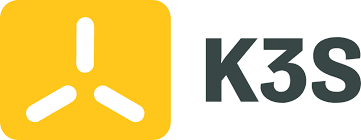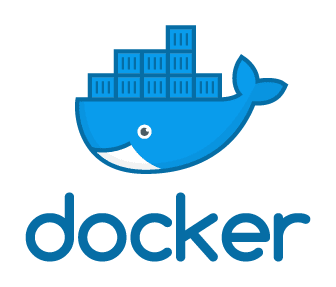Tag: Platform
How to Install and Configure K3s on Ubuntu 18.04
What is K3s?

K3s is a lightweight version of Kubernetes. It is a highly available Kubernetes certified distribution designed for production workloads in unattended, limited resource, remote locations, or inside an IoT appliance. The developers of K3s declare that K3s is capable of almost everything that K8s can do.
Kubernetes vs. Docker Swarm: A Comparison
In this tutorial, we will be reviewing what the fundamental similarities and distinctions are between Kubernetes and Docker Swarm. Kubernetes and Docker are two of the major players in container orchestration. Both Kubernetes and Docker Swarm continue to grow in popularity as they are increasingly used by those working with container deployment, orchestration, and management. Across all vertical markets, businesses continue to find new methods of utilization and practice with more uses constantly being discovered.
The Surprising History of Software Containerization

The arrival of containerized software has drastically changed the landscape of web hosting, and web application provides. The simplification and speed that comes with containers make deploying services like websites so efficient that the traditional model of dedicated servers running specific web-based software is almost obsolete. This being said, there will always be a place for virtual server projects and dedicated servers handling specific tasks like HIPAA compliant hosting services.
Choosing Your Cloud Sites Technology Setup
Standing behind our Liquid Web Cloud Sites product, are server racks full of both powerful and stable Linux and Windows servers which power well over 100,000 sites and applications. Every Windows-based package is served from these clusters that are built and optimized especially for Windows. All Linux-based packages are also served from these same brawny server clusters created and specifically optimized for Linux. We use advanced load balancing technologies to automatically detect the type of technology you are running and route each request to the proper pool of servers.
Docker For Beginners
What is Docker?

Docker is a containerization software that is used for automating the deployment and management of applications within an isolated environment. This software allows us to "pack" and ship an application, along with all of its needed files, libraries, and dependencies, into a "docker container". That container can then be easily ported to any Linux system that contain cgroups support within the kernel, and provides a container management environment. Docker is one of several containerization implementations (not to be confused with virtualization) based on this cgroups mechanisms built into the Linux kernel.
How to Install SaltStack on Ubuntu 20.04
What is SaltStack?
SaltStack is an open-source infrastructure management platform built on a dynamic communications bus. The main structure of SaltStack contains two main components for work: one Salt Master and several Salt Minions. Salt Master is the main control system used to send commands to Salt Minion and their configuration. Salt Minions (they are also called Nodes) are subsystems that work on managed servers and receive commands from the master, as well as their configuration. At least two servers are required for interaction settings. One for the Master and one for the node. All nodes are configured in the same way.
How to Install Docker on CentOS 8
What is Docker?
Before we begin, let's describe what Docker is. Docker is a set of virtualization tools that allows us to create, test, and deploy containerized applications quickly and easily on a dedicated server. It has become very popular and used almost everywhere in our daily lives. Thanks to containerization, we can quickly launch applications on different private cloud hosting platforms utilizing small bundles which contain all the needed packages, libraries and configuration file to run an application. These docker packages communicate via established network channels.
How to install Envoy Proxy on Ubuntu 18
Today we will demonstrate how to install Envoy Proxy on Ubuntu.
How to Install Scikit-Learn on Ubuntu 22.04
In this tutorial, we are going to walk through how to install scikit-learn on an Ubuntu 18.04 server. We are going to walk through the installation both in a virtual environment with the Python package manager, Pip, and via Anaconda.
How To Install TensorFlow on Ubuntu 18.04
In this tutorial, we are going to set up TensorFlow in a virtual Python environment on Ubuntu 18.04. TensorFlow is an open-source framework, developed by the Google Brain team, designed to be a high-level interface for implementing machine learning and mathematical operations. This library provides developers an avenue to work on complex projects like neural networks through an easy to use Python API. One of the significant benefits of having a Python front-end is that it is portable between operating systems like Linux and Windows.
Our Sales and Support teams are available 24 hours by phone or e-mail to assist.

